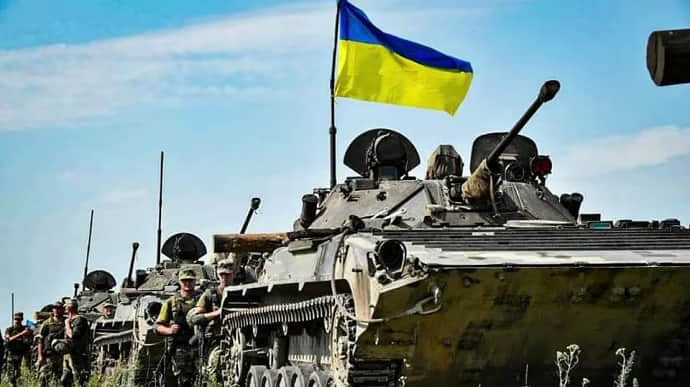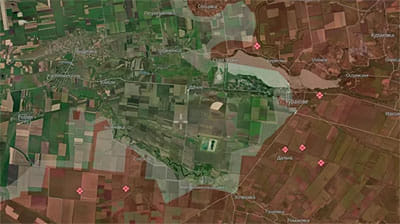WSJ analyses why Ukraine's counteroffensive is "such slow going"

The Wall Street Journal explained that the Russian military has had months to dig in and set up defences, including bunkers, which is why Ukraine's counteroffensive is slow.
Details: The journalists have tried to answer the question that is asked every day both in Ukraine and in the West: why the counteroffensive is so slow.
The authors have pointed out once again that last year, thanks to skillful manoeuvres, Ukraine managed to gain an advantage over the Russian army, despite the lack of manpower, weapons and sufficient air support.
Skillful command, good knowledge of the territory and effective use of drones and digital technology allowed the Ukrainian military to repel a much larger and initially better-equipped army, which looked clumsy and bogged down in bureaucratic delays.
The outlet has written that "that’s all over" now.
Quote: "Ukraine is now attempting to dislodge an entrenched enemy, one of the most daunting operations any military can undertake. Russian troops have spent months building physical defences that include bunkers, tank traps and mine fields."
For Russian forces, which earlier this year tried to seize more Ukrainian territory, the offensive was unsuccessful, but it will be easier to maintain defensive positions, the WSJ writes, citing Michael O'Hanlon, a security specialist at the Brookings Institution in Washington.
More details: According to the media, Ukrainian soldiers said that the Russian military in Zaporizhzhia Oblast built kilometres of winding, interconnected trenches, some of which are reinforced with concrete or covered with branches and soil to make them difficult to detect with drones.
The fields are also heavily mined, and in at least two cases, according to Ukrainian soldiers, the bodies of dead Russian soldiers were also mined.
A Ukrainian soldier has explained to the outlet that to take these positions, the area must first be covered by artillery fire, and then the troops have to move forward with armoured vehicles to engage the infantry. However, the lack of tanks and other armoured vehicles makes this strategy difficult to implement.
Attacking the dug-in forces of the occupiers was a difficult challenge even for the most powerful armies in the world, the WSJ says. It took the Allies who landed on the Normandy coast during World War II more than two months to break through the German fortifications and move inland.
In 1991, before the coalition ground forces advanced during Operation Desert Storm, the United States waged a five-week air campaign to weaken the Iraqi military's positions, the outlet writes.
Background: President Volodymyr Zelenskyy has shared a video to mark 500 days of the full-scale war, in which the heads of Ukrainian security agencies and military commanders say: "We are moving forward".
Journalists fight on their own frontline. Support Ukrainska Pravda or become our patron!





